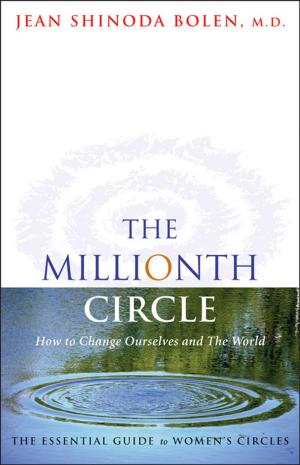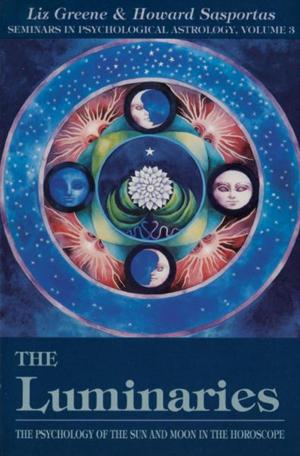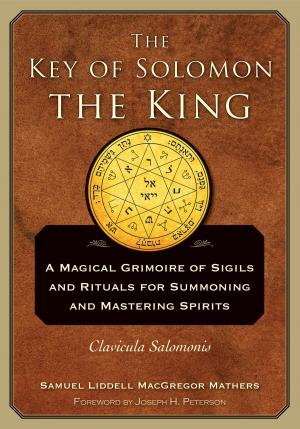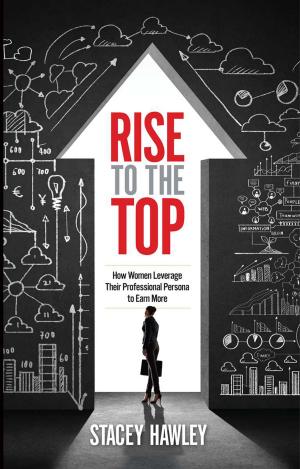Nothing Is True-Everything is Permitted
The Life of Brion Gysin
Biography & Memoir, Artists, Architects & Photographers, Nonfiction, Art & Architecture| Author: | John Geiger | ISBN: | 9781609258719 |
| Publisher: | Red Wheel Weiser | Publication: | June 1, 2005 |
| Imprint: | Disinformation Books | Language: | English |
| Author: | John Geiger |
| ISBN: | 9781609258719 |
| Publisher: | Red Wheel Weiser |
| Publication: | June 1, 2005 |
| Imprint: | Disinformation Books |
| Language: | English |
The multimedia artist, poet and novelist Brion Gysin may be the most influential cultural figure of the twentieth century that most people have never heard of.Gysin (1916–1986) was an English-born, Canadian-raised, naturalized American of Swiss descent, who lived most of his life in Morocco and France. He went everywhere when the going was good. He dabbled with surrealism in Paris in the 1930s, lived in the “interzone” of Tangier in the 1950s and traveled the Algerian Sahara with Sheltering Sky author Paul Bowles before moving into the legendary Beat Hotel in Paris.
Gysin’s ideas influenced generations of artists, musicians and writers, among them David Bowie, Keith Haring, Patti Smith, Michael Stipe, Genesis P-Orridge, John Giorno and Brian Jones of the Rolling Stones. None was touched more profoundly than William S. Burroughs, who said admiringly of Gysin: “There was something dangerous about what he was doing.
”It was Gysin who introduced the Rolling Stones to the exotica of Morocco and took Stones’ guitarist Brian Jones to Jajouka where he recorded the tribal musicians performing the Pipes of Pan. It was Gysin who provided the hashish fudge recipe published in Alice B. Toklas’ cookbook, promising “ecstatic reveries and extensions of one’s personality on several simultaneous planes.” It was Gysin who introduced Burroughs to an automatic writing method called the cut-up, a literary progenitor to sampling. And it was Gysin who developed—with Ian Sommerville, the Dream Machine—a device that allowed people, with the flick of a switch, to access altered states of consciousness without drugs.Working with the authorization of Gysin’s literary executor, William S. Burroughs, John Geiger has produced the first-ever biography of the painter, poet, piper Brion Gysin.
The multimedia artist, poet and novelist Brion Gysin may be the most influential cultural figure of the twentieth century that most people have never heard of.Gysin (1916–1986) was an English-born, Canadian-raised, naturalized American of Swiss descent, who lived most of his life in Morocco and France. He went everywhere when the going was good. He dabbled with surrealism in Paris in the 1930s, lived in the “interzone” of Tangier in the 1950s and traveled the Algerian Sahara with Sheltering Sky author Paul Bowles before moving into the legendary Beat Hotel in Paris.
Gysin’s ideas influenced generations of artists, musicians and writers, among them David Bowie, Keith Haring, Patti Smith, Michael Stipe, Genesis P-Orridge, John Giorno and Brian Jones of the Rolling Stones. None was touched more profoundly than William S. Burroughs, who said admiringly of Gysin: “There was something dangerous about what he was doing.
”It was Gysin who introduced the Rolling Stones to the exotica of Morocco and took Stones’ guitarist Brian Jones to Jajouka where he recorded the tribal musicians performing the Pipes of Pan. It was Gysin who provided the hashish fudge recipe published in Alice B. Toklas’ cookbook, promising “ecstatic reveries and extensions of one’s personality on several simultaneous planes.” It was Gysin who introduced Burroughs to an automatic writing method called the cut-up, a literary progenitor to sampling. And it was Gysin who developed—with Ian Sommerville, the Dream Machine—a device that allowed people, with the flick of a switch, to access altered states of consciousness without drugs.Working with the authorization of Gysin’s literary executor, William S. Burroughs, John Geiger has produced the first-ever biography of the painter, poet, piper Brion Gysin.















